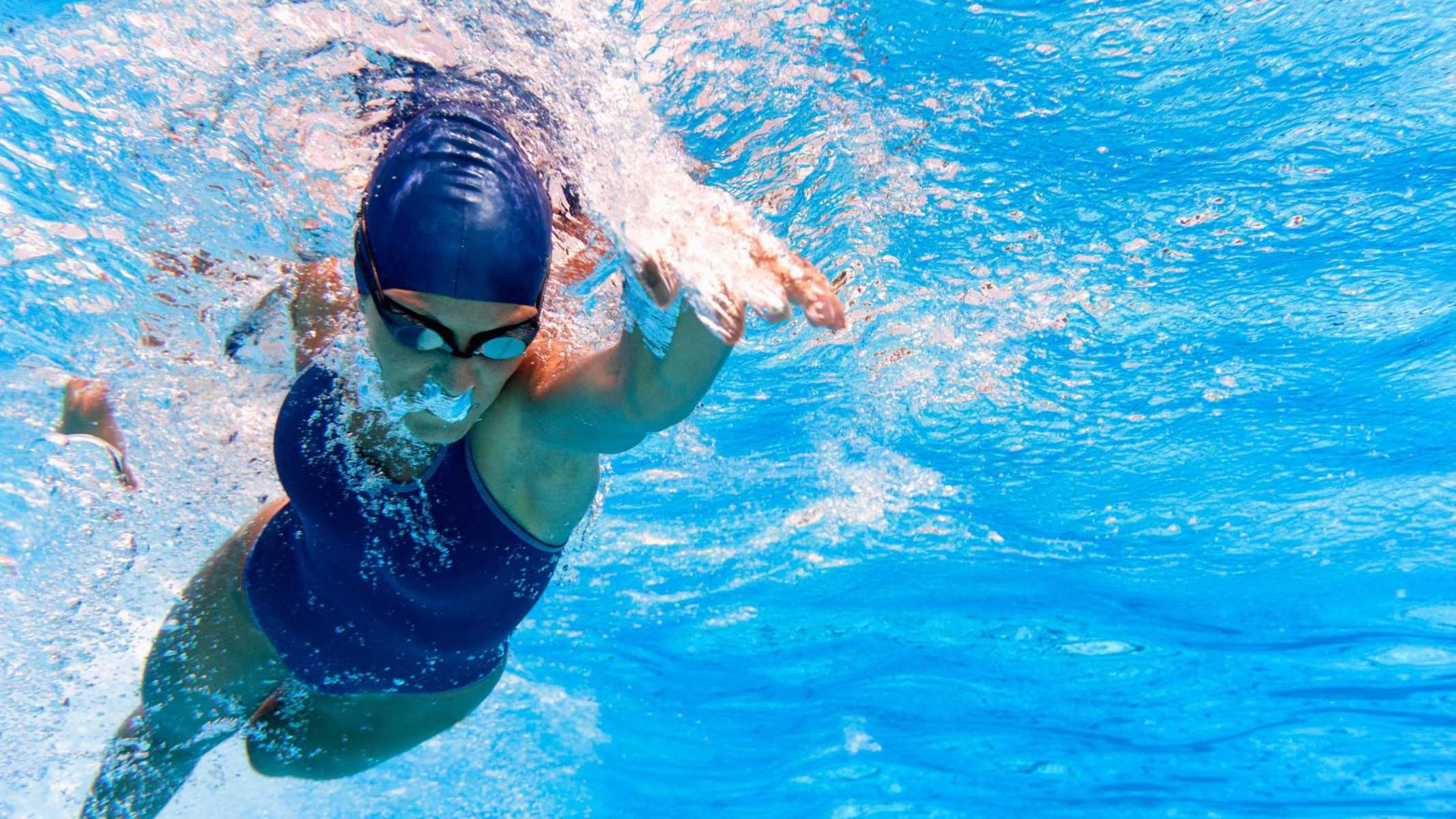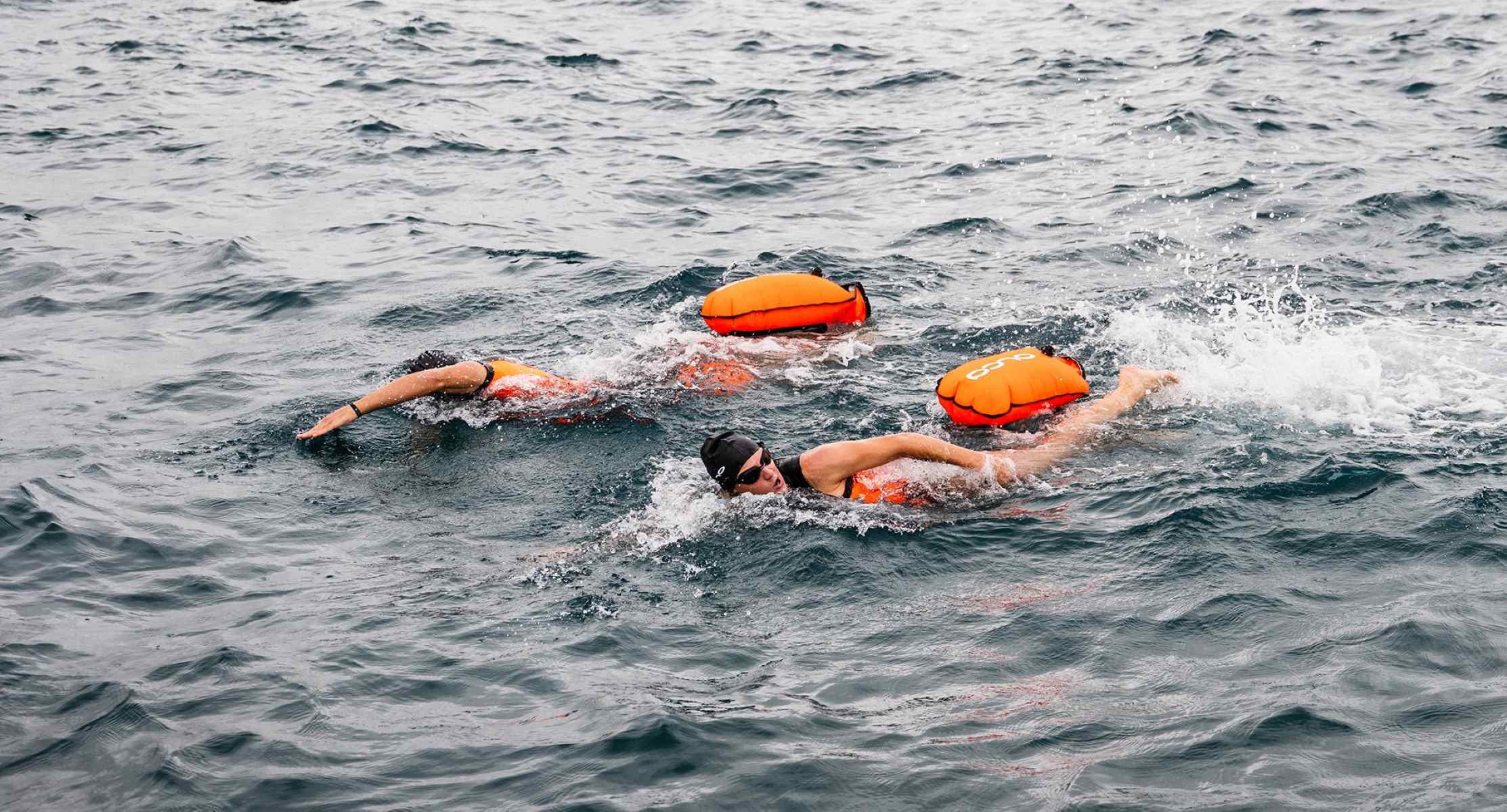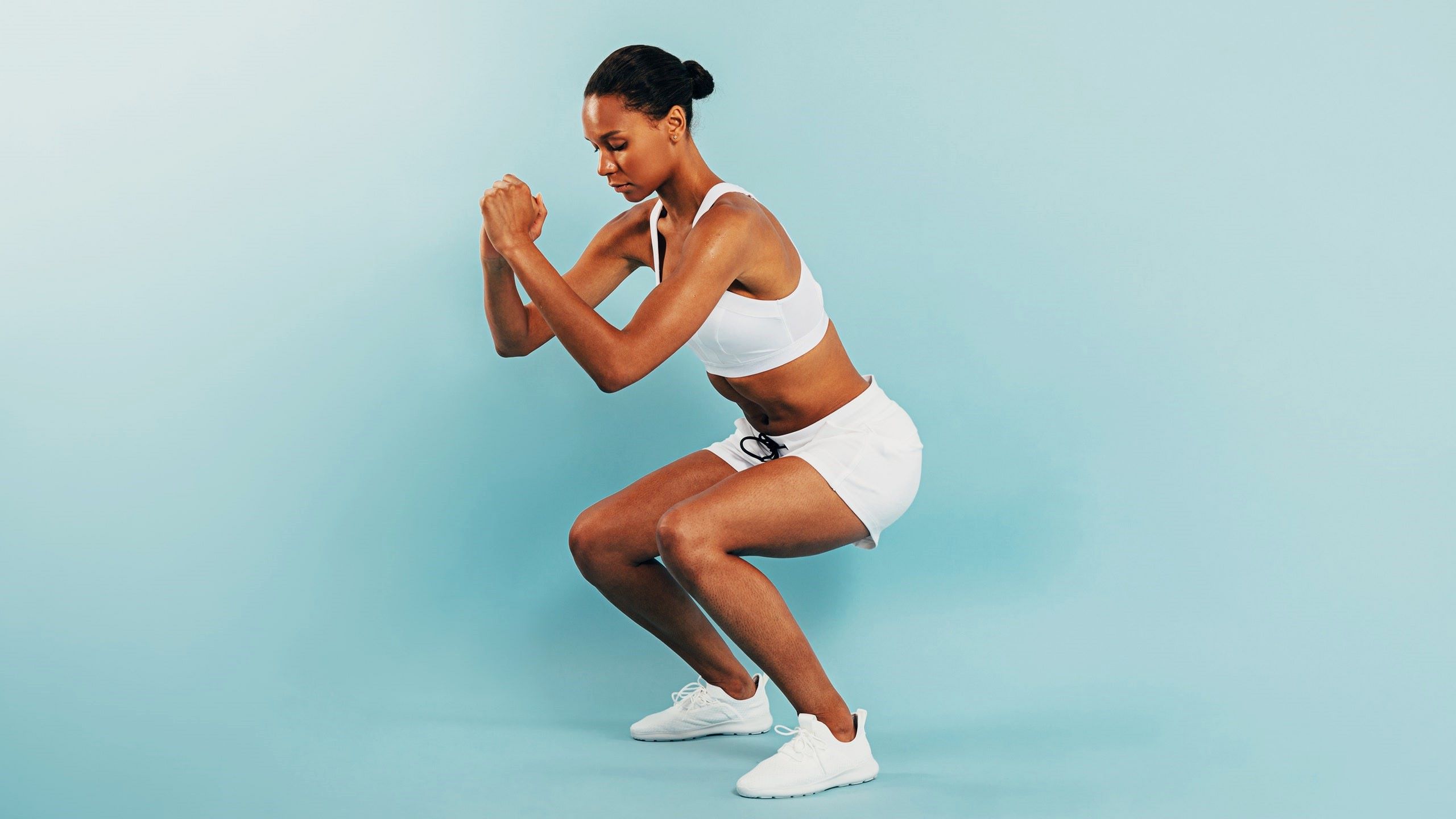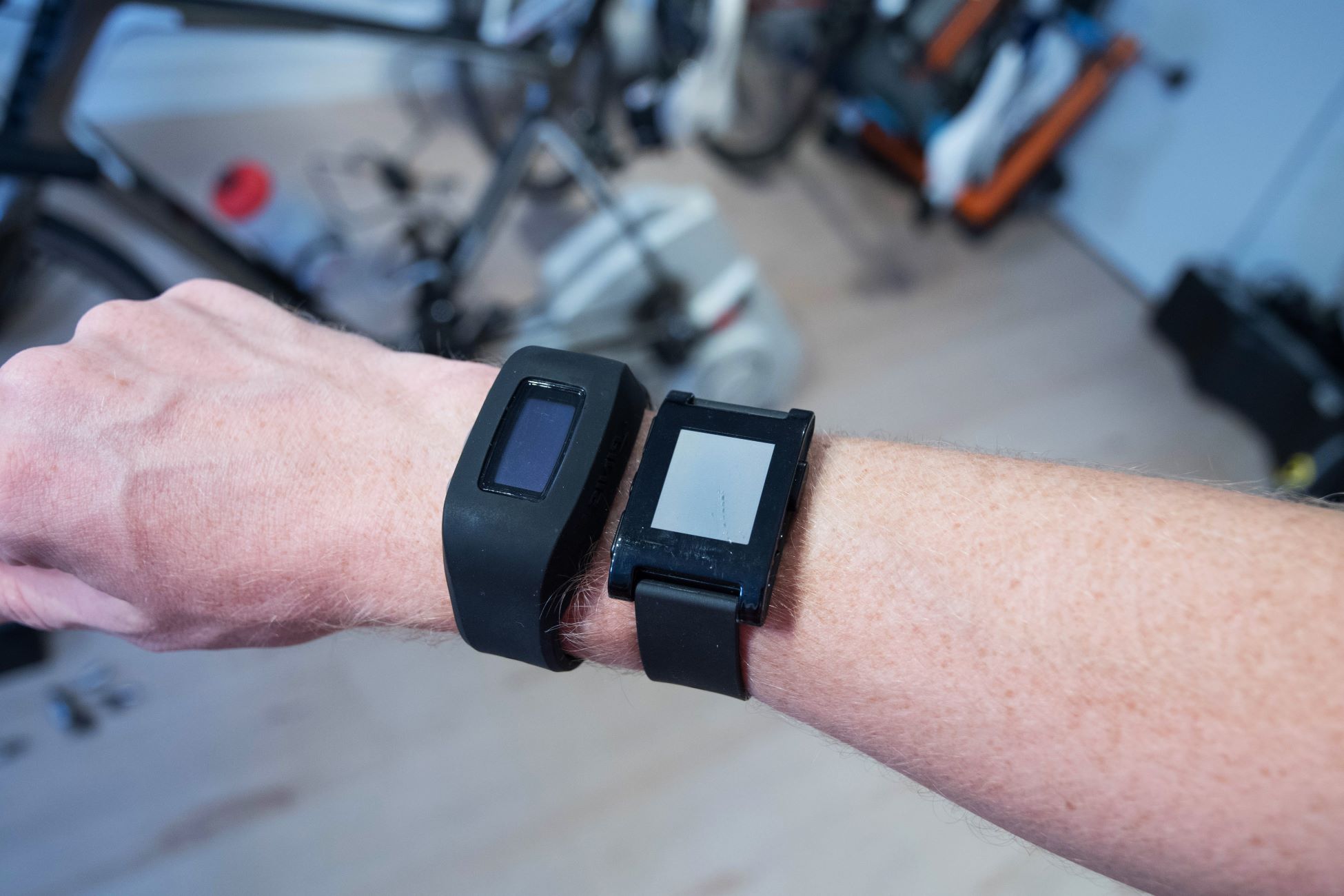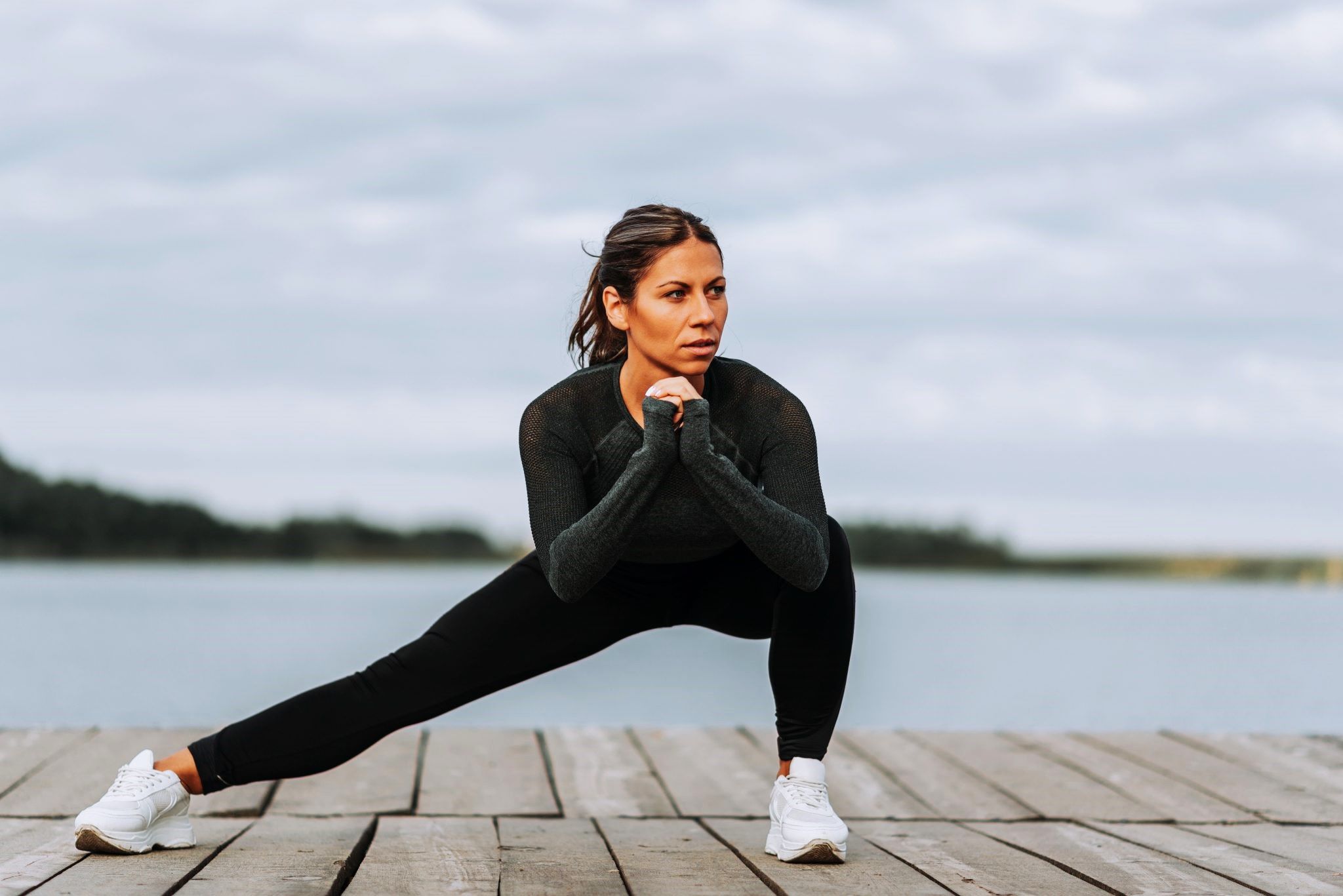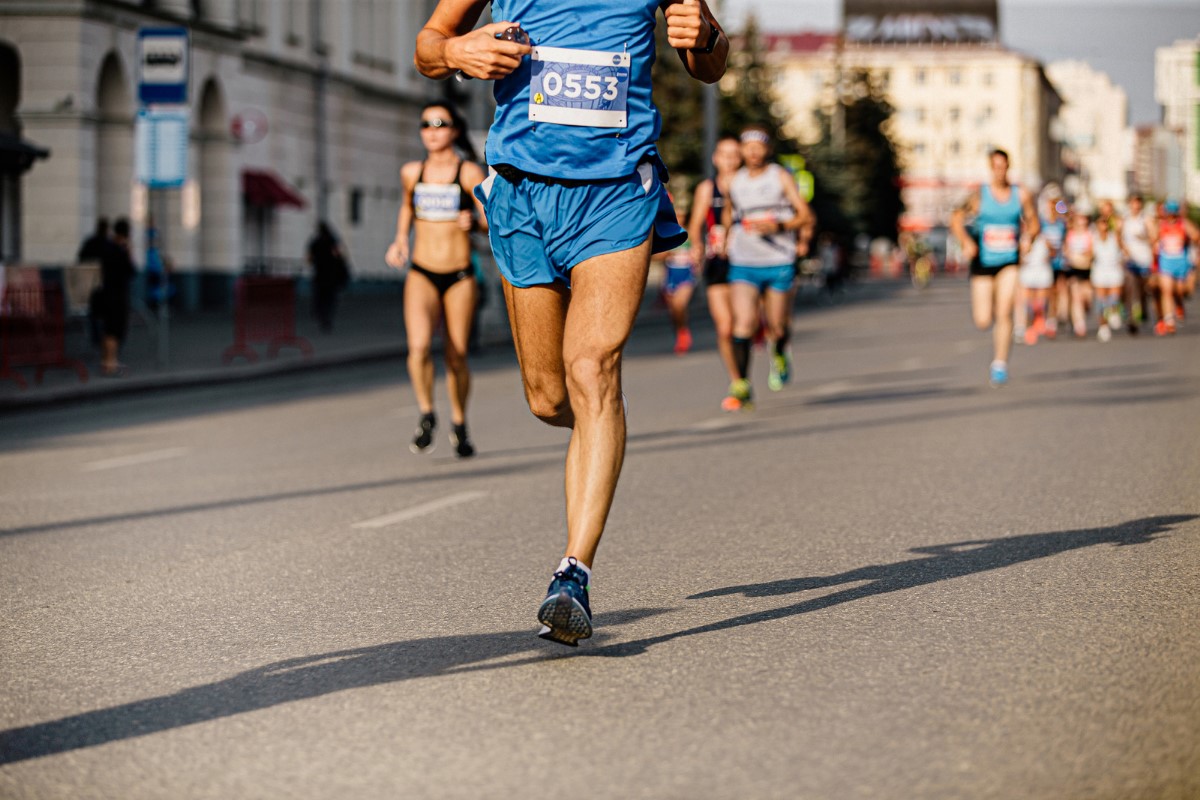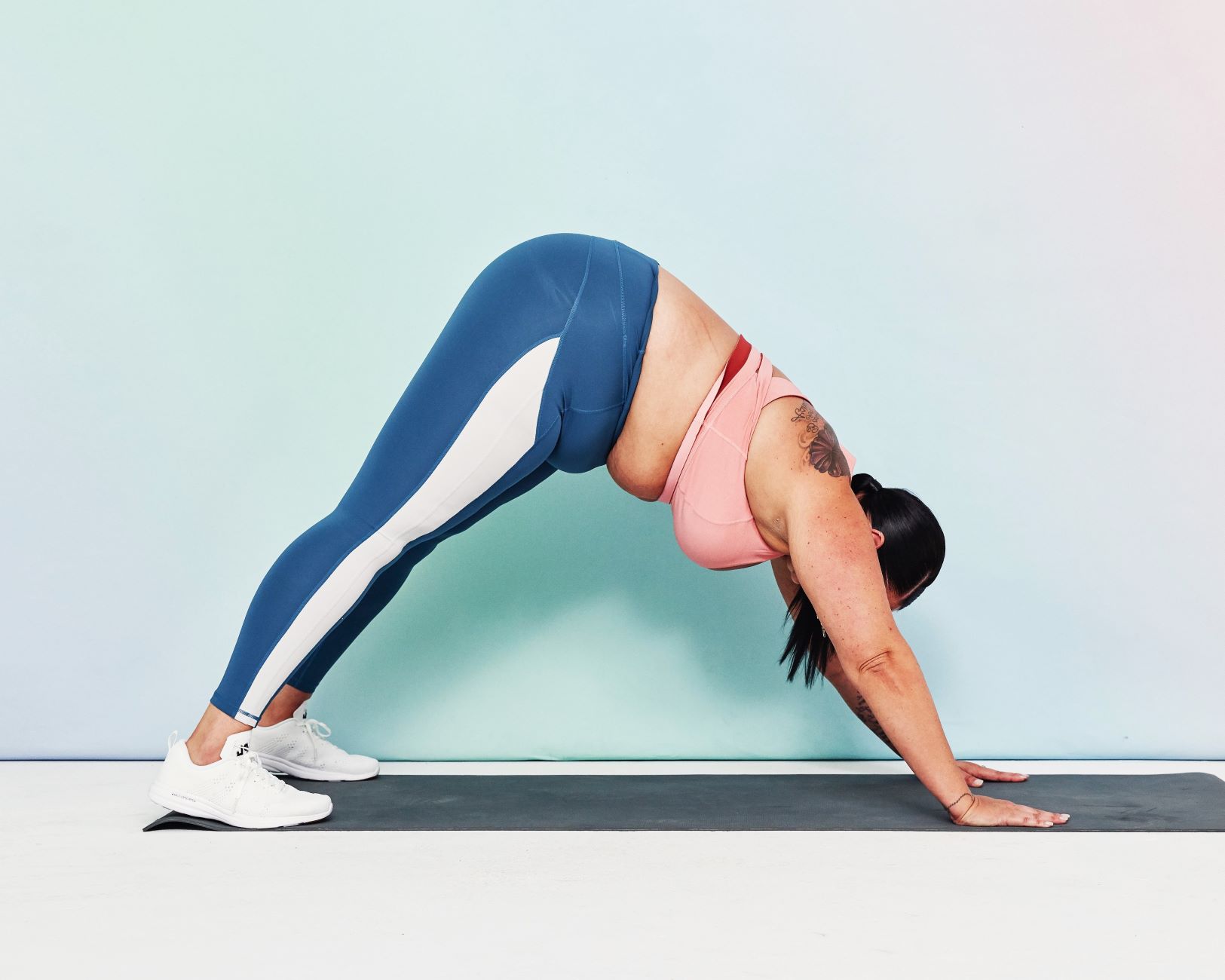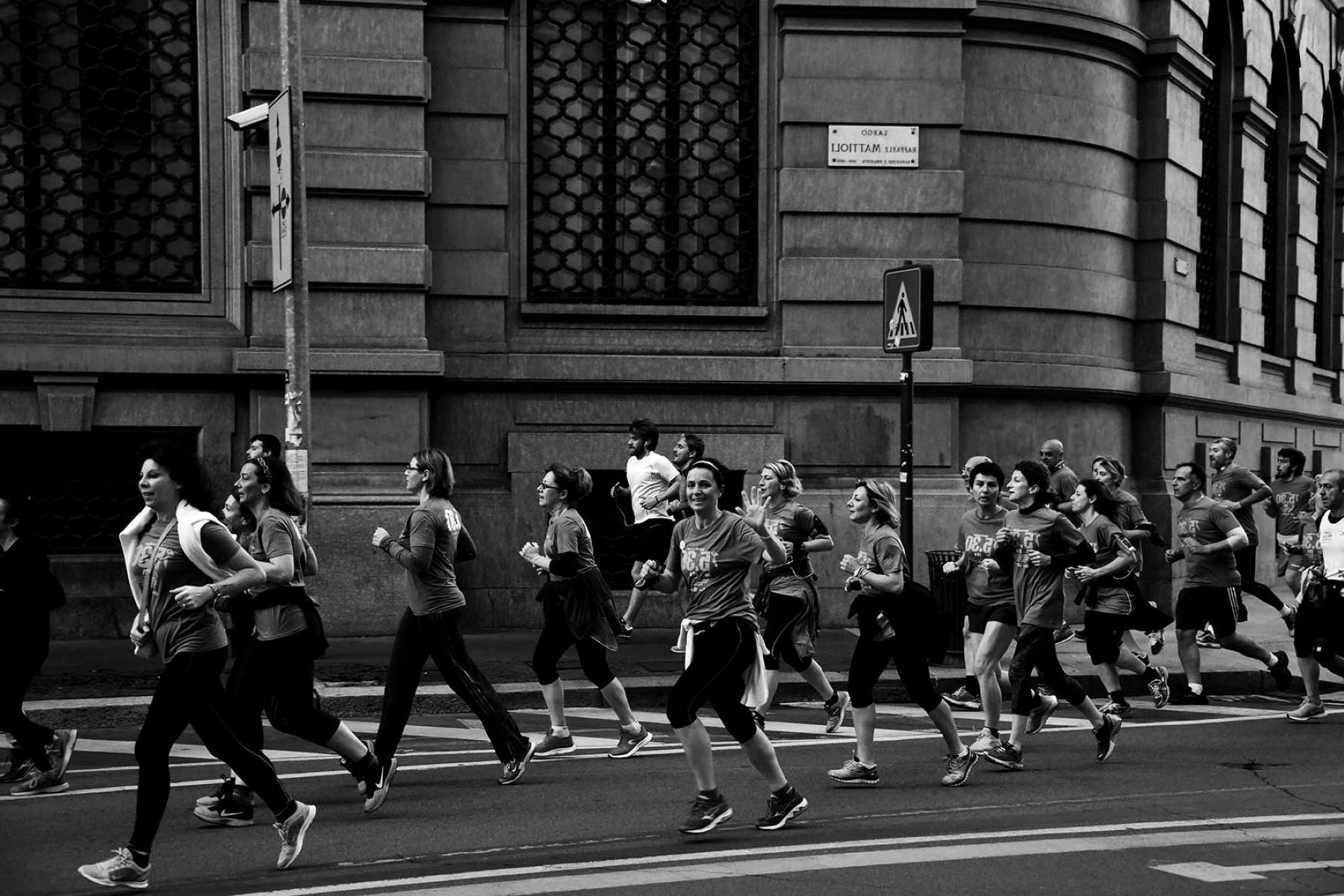Home>Training & Techniques>Different Swimming Strokes: Mastering Freestyle, Breaststroke, And Backstroke
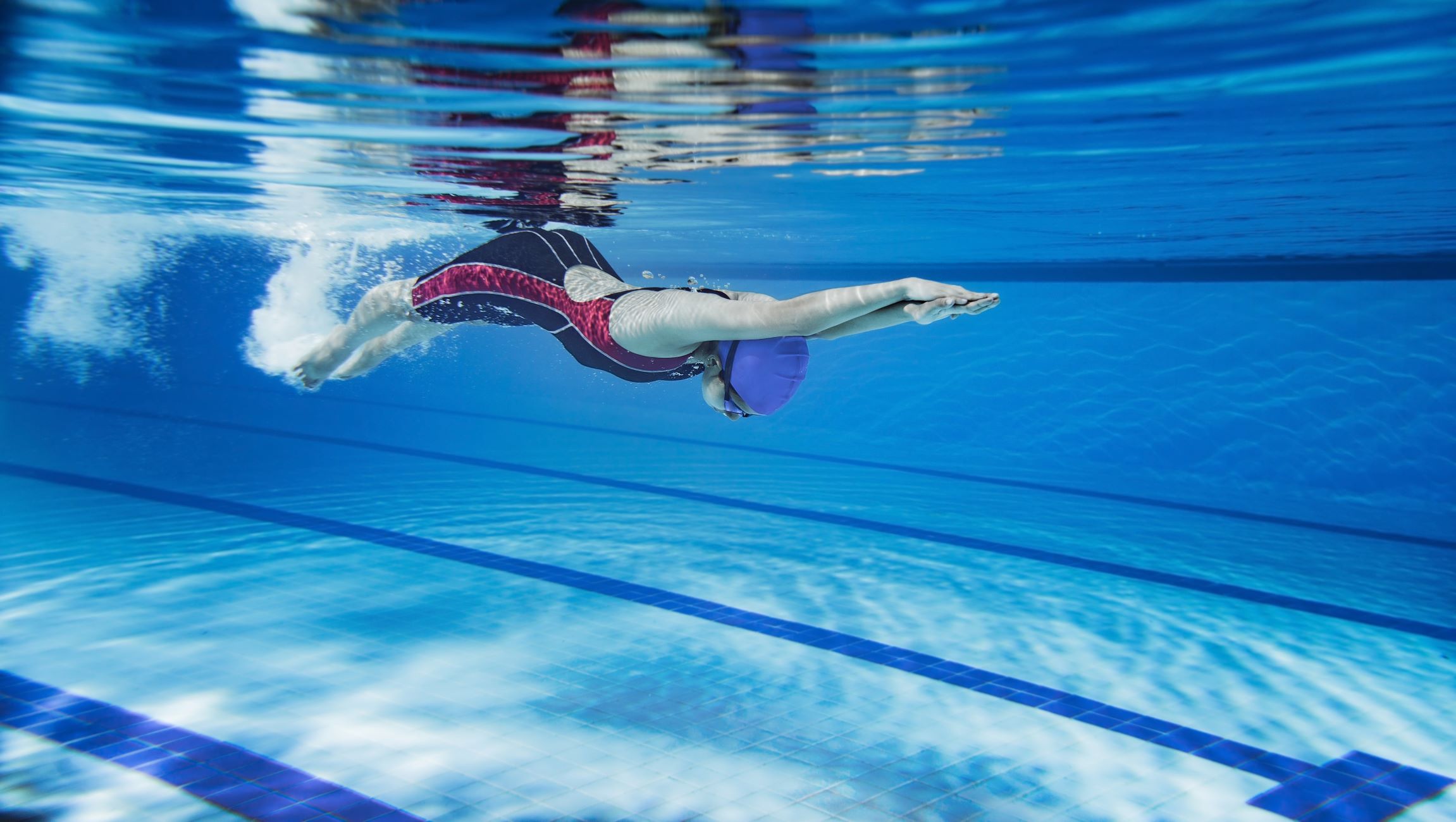

Training & Techniques
Different Swimming Strokes: Mastering Freestyle, Breaststroke, And Backstroke
Published: March 6, 2024
Learn the best training and techniques for mastering freestyle, breaststroke, and backstroke to improve your swimming strokes. Dive into expert tips for perfecting your form and speed.
(Many of the links in this article redirect to a specific reviewed product. Your purchase of these products through affiliate links helps to generate commission for Therunningadvisor.com, at no extra cost. Learn more)
Table of Contents
Introduction
Swimming is not only a refreshing recreational activity but also a fantastic full-body workout. It's an excellent way to stay fit and healthy while enjoying the water. One of the key elements of swimming is mastering different strokes, each with its own unique techniques and benefits. In this article, we will delve into the three fundamental swimming strokes: freestyle, breaststroke, and backstroke. By understanding the intricacies of each stroke and learning the proper techniques, you can enhance your swimming skills and overall aquatic experience. Whether you're a beginner looking to improve your form or an experienced swimmer aiming to refine your technique, this comprehensive guide will provide valuable insights into mastering these essential swimming strokes. Let's dive in and explore the art of swimming with finesse and proficiency.
Read more: Gear Review: Garmin Swim
Understanding the Freestyle Stroke
The freestyle stroke, also known as front crawl, is arguably the most popular and fastest swimming stroke. It is characterized by its fluid and continuous arm movements combined with an alternating flutter kick. Mastering the freestyle stroke requires a harmonious coordination of the arms, legs, and body position to propel oneself efficiently through the water.
Body Position
A crucial aspect of the freestyle stroke is maintaining a streamlined body position. To achieve this, swimmers should keep their body parallel to the water's surface, with their head in a neutral position. This allows for minimal drag and optimal forward movement.
Arm Movement
The arm movements in freestyle are continuous and rhythmic. As one arm extends forward in the water, the other arm pulls back with an underwater sweep, generating propulsion. The arms then alternate, ensuring a constant and smooth motion.
Breathing Technique
Effective breathing is essential for sustaining energy and endurance during the freestyle stroke. Swimmers typically turn their heads to the side to inhale, allowing for a natural and uninterrupted breathing pattern. Proper timing and coordination of breathing with arm movements are critical for efficiency.
Read more: Mastering The Technique Of Mountain Climbers
Kick Technique
The flutter kick in freestyle involves quick and continuous leg movements, originating from the hips. The legs remain relatively straight with a slight bend at the knees, creating a propulsive force to complement the arm strokes.
Tips for Improvement
To enhance freestyle technique, swimmers can focus on drills that emphasize body rotation, proper hand entry, and a strong, consistent kick. Additionally, practicing bilateral breathing (alternating sides) can improve overall balance and endurance in the water.
Mastering the freestyle stroke requires dedication, practice, and attention to detail. By honing the fundamentals of body position, arm movement, breathing technique, and kick coordination, swimmers can refine their freestyle stroke and experience the exhilaration of gliding effortlessly through the water with precision and grace.
Mastering the Breaststroke
The breaststroke is renowned for its graceful and rhythmic movements, making it a popular choice for swimmers of all levels. This stroke is characterized by its symmetrical arm and leg actions, creating a smooth and undulating motion through the water. Mastering the breaststroke entails a focus on proper technique, timing, and coordination to achieve efficiency and fluidity in every stroke.
Arm Movement and Pull
The arm movements in breaststroke involve a simultaneous and symmetrical action, resembling a heart shape. As the arms extend forward, the hands sweep outward, then inward, and finally converge at the centerline of the body. This motion generates propulsion and sets the stage for the subsequent glide phase. The pull phase emphasizes a strong and deliberate movement, propelling the swimmer forward with precision and power.
Leg Kick and Timing
The distinctive frog-like kick of the breaststroke is a defining feature of this elegant stroke. The legs initiate the kick by bending at the knees and drawing the heels toward the buttocks, followed by an outward and backward thrust. The timing of the kick is crucial, as it complements the arm movements and contributes to the overall momentum. Proper coordination of the kick with the arm pull ensures a seamless and efficient propulsion through the water.
Breathing Technique
Breathing in the breaststroke is coordinated with the arm pull and kick, allowing for a natural and rhythmic pattern. Swimmers typically take a breath as they initiate the arm pull, followed by a streamlined glide and kick. Timing the breath with the stroke cycle is essential for maintaining a steady and controlled rhythm, enhancing both performance and endurance.
Body Position and Streamlining
Maintaining an optimal body position is fundamental to mastering the breaststroke. Swimmers should strive to keep their body level and streamlined, minimizing resistance and maximizing forward movement. A slight undulation of the body, synchronized with the arm and leg actions, contributes to the fluidity and efficiency of the stroke.
Refinement and Practice
To refine the breaststroke technique, swimmers can focus on drills that emphasize the synchronization of arm and leg movements, body position, and breathing coordination. Additionally, practicing the timing of the kick and pull phases can enhance propulsion and speed in the water. With dedicated practice and attention to detail, swimmers can elevate their breaststroke proficiency, experiencing the artistry and grace of this captivating swimming stroke.
Mastering the breaststroke requires patience, persistence, and a commitment to honing the intricate movements and timing that define this elegant stroke. By embracing the nuances of arm and leg actions, coordinating breathing with the stroke cycle, and refining body positioning, swimmers can achieve mastery of the breaststroke, gliding through the water with poise and precision.
Perfecting the Backstroke
The backstroke, known for its graceful and relaxing nature, offers a unique swimming experience that allows swimmers to glide effortlessly on their backs while enjoying the sensation of the water. Mastering the backstroke involves a focus on body position, arm movements, kick technique, and coordination to achieve optimal performance and efficiency in the water.
Body Position and Alignment
A fundamental aspect of perfecting the backstroke is maintaining a streamlined body position and proper alignment. Swimmers should aim to keep their body parallel to the water's surface, with their head in a neutral position, allowing for minimal resistance and maximum propulsion. By keeping the body long and straight, swimmers can minimize drag and achieve a smooth and efficient glide through the water.
Arm Movements and Rotation
The arm movements in the backstroke involve a continuous and alternating motion, with the arms sweeping through the water in a circular pattern. As one arm extends overhead, the other arm pulls through the water, generating propulsion and momentum. Proper rotation of the shoulders and hips contributes to the power and fluidity of the arm movements, allowing swimmers to maintain a steady and balanced rhythm.
Kick Technique and Coordination
The flutter kick in backstroke is characterized by a continuous and rhythmic movement of the legs, originating from the hips. The legs remain relatively straight with a slight bend at the knees, creating a propulsive force that complements the arm strokes. Coordination of the kick with the arm movements is essential for maintaining a consistent and efficient pace, contributing to the overall propulsion and speed in the water.
Read more: Mastering The Art Of Early Morning Running
Breathing and Timing
In the backstroke, breathing is a natural and continuous process, as swimmers breathe freely while their face remains above the water. The rhythmic rotation of the body and arm movements allows for effortless breathing, enhancing comfort and endurance during the stroke. Proper timing of the breath with the arm and leg actions ensures a smooth and coordinated rhythm, contributing to sustained performance and relaxation in the water.
Refinement and Practice
To perfect the backstroke technique, swimmers can focus on drills that emphasize body rotation, arm positioning, and kick coordination. Additionally, practicing the timing of the arm movements and kick cycle can enhance propulsion and speed in the water. By refining the nuances of body alignment, arm rotation, kick technique, and breathing coordination, swimmers can elevate their backstroke proficiency, experiencing the tranquility and grace of this captivating swimming stroke.
Mastering the backstroke requires dedication, practice, and attention to detail. By honing the fundamentals of body position, arm movements, kick technique, and breathing coordination, swimmers can refine their backstroke and experience the exhilaration of gliding effortlessly through the water with precision and grace.
Conclusion
In conclusion, mastering the freestyle, breaststroke, and backstroke is a rewarding journey that offers a myriad of physical, mental, and emotional benefits. Each swimming stroke presents its own set of unique challenges and intricacies, requiring swimmers to focus on technique, coordination, and refinement. By understanding the fundamental principles of body position, arm movements, kick technique, and breathing coordination, swimmers can elevate their proficiency in the water, experiencing the artistry and grace of these captivating swimming strokes.
The freestyle stroke, with its dynamic and continuous arm movements, offers swimmers the exhilaration of gliding effortlessly through the water with precision and grace. By honing the fundamentals of body position, arm movement, breathing technique, and kick coordination, swimmers can refine their freestyle stroke, enhancing their overall aquatic experience.
The breaststroke, renowned for its graceful and rhythmic movements, provides swimmers with a sense of elegance and fluidity in the water. Mastering the symmetrical arm and leg actions, coordinated breathing, and streamlined body position allows swimmers to experience the artistry and grace of this captivating swimming stroke.
The backstroke, known for its relaxing and tranquil nature, offers swimmers the opportunity to glide effortlessly on their backs while enjoying the sensation of the water. By focusing on body position, arm movements, kick technique, and coordination, swimmers can achieve optimal performance and efficiency in the water, experiencing the tranquility and grace of this captivating swimming stroke.
In essence, the mastery of these fundamental swimming strokes not only enhances one's physical fitness and swimming proficiency but also fosters a deep appreciation for the art and beauty of swimming. Whether it's the dynamic and rhythmic freestyle, the graceful and symmetrical breaststroke, or the tranquil and relaxing backstroke, each stroke offers a unique and enriching aquatic experience. Through dedication, practice, and attention to detail, swimmers can elevate their skills, embrace the joy of swimming, and embark on a journey of continuous improvement and personal growth in the water.
By embracing the nuances of each stroke and refining their technique, swimmers can unlock the full potential of their aquatic abilities, experiencing the joy, serenity, and exhilaration that swimming has to offer. So, dive in, embrace the water, and let the art of swimming inspire and empower you on your aquatic journey.

